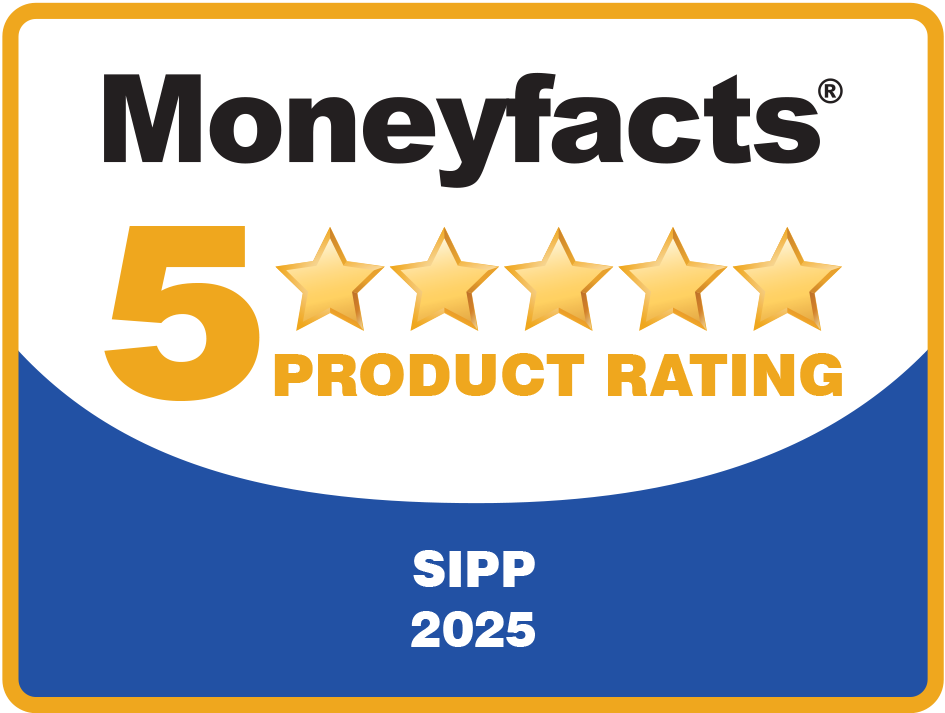4 occasions where a SIPP could be a great choice for your clients
When the idea of a self-invested personal pension (SIPP) was first announced in the late 1980s, it was seen as the next step in allowing individuals flexibility over their retirement savings.
More than 30 years later, the SIPP market is a very different place than it was. Technological advances and innovation have led to an increase in the types of SIPP available, how these can be established and managed, and the flexibility they offer.
Flexibility is a key consideration when looking at which SIPP would be best suited for a client in terms of:
- Investment choices
- How benefits can be drawn
- The service a provider offers.
You have previously read about the three types of SIPP that are available in the market. This does not take into account other types of pensions such as personal pensions or SSASs, which your clients may hold benefits in.
The IPM SIPP is a bespoke SIPP, the type of SIPP that is most aligned with the original idea of what a self-invested personal pension should look like back in the 80s.
However, the SIPP has had many changes from both a regulatory and legislative perspective over the years. So, where does a SIPP, particularly a bespoke SIPP, fit in terms of an adviser’s toolkit when advising clients?
Here are four occasions below where a SIPP may be a good choice for your clients.
1. Drawing benefits
For all the tax planning and investing advantages that pensions have these days, it’s easy to forget that pensions are there to help people fund their retirement.
Over the years, and in particular those of us old enough to remember pre-A Day in 2006, the options around how clients can draw benefits have changed. This is especially true for those individuals over the age of 75 who are no longer forced down the annuity route in personal pension schemes such as SIPPs.
Most schemes now will offer flexi-access drawdown, where a pension commencement lump sum (PCLS) can be taken, and the remaining crystallised element of the pension is left to be taken as income.
SIPPs such as IPM’s still offer a capped drawdown facility. Prior to the introduction of Pension Freedoms in April 2015, capped drawdown limited the amount of income to an upper limit on an annual basis that was calculated by the pension provider.
After April 2015, anyone drawing benefits from an arrangement for the first time automatically went into flexi-access drawdown.
For those in capped drawdown they remained so, unless they either:
- Took income above the maximum calculated limit
- Converted from capped to flexi-access drawdown.
The benefit of staying in capped is that you can still draw income and not trigger the Money Purchase Annual Allowance (MPAA). Conversely, £1 drawn as flexi-access income does trigger the MPAA.
This can be important to some clients, especially where the Annual Allowance has now been raised to £60,000.
Some providers also offer the little talked about “uncrystallised funds pension lump sum” or UFPLS. This allows clients to take an amount of money from their pension as a combined PCLS and taxable income payment.
In theory, UFPLS sounds like a useful tool. However, the reality is that we see very little interest in UFPLS. Moreover, from a practical perspective, regular UFPLS is not always a desired option for a bespoke SIPP due to valuation and administrative issues.
Where we really see the benefit of a bespoke SIPP like IPM’s is where you have clients who live abroad.
We are regularly asked to take on SIPPs where a client wishes to draw PCLS and/or income, but because the client lives abroad the client provider cannot accommodate this.
IPM has clients all over the world and we are used to paying benefits to places such as Australia, the US, South Africa and all over Europe.
Each request to pay benefits overseas is considered on its own merits and, in some instances, if a SIPP is invested in euros or US dollars, it is possible for IPM to make benefit payments in these currencies. Find out more about how IPM can assist in this useful article.
2. Investing in cash products
Given the levels of interest banks are paying on cash deposits currently, this is something lots of clients are asking about.
The trustee bank account within the IPM SIPP pays a variable amount of interest. Head here on our website to check the latest rate that is being paid.
There is no requirement to keep a minimum amount in this account, although all transactions in and out of the SIPP must pass through the account for reconciliation purposes.
If a client is looking to make an investment into cash using an IPM SIPP, there a few options available.
Open an account with a bank directly
The pools of banks operating directly with SIPP providers has reduced significantly over the last few years.
However, there are still a handful of banks willing to open accounts directly with SIPP providers. This website provides a useful list of the banks available and what accounts they offer.
Cash management solutions
In the last 18 months or so, we’ve seen a rise in the popularity of cash management solutions within our SIPP.
Working like platforms for traditional unitised investments, cash management solutions give access to a wide range of banks and types of accounts all in place. Clients can make deposits and give notice on accounts online through the chosen management solution, allowing for ease of administration.
One such offering, Insignis, recently provided IPM with their opinion on the role of cash in SIPPs as interest rates rise.
National Savings & Investment (NS&I) products
NS&I products are perennially popular with clients given that they can offer a greater level of protection to clients. NS&I investments are covered up to £1 million as opposed to the maximum £85,000 compensation limit for banks under the FSCS.
It is important to note that not all NS&I products are available to SIPPs, so advisers should check with NS&I before making a recommendation for a SIPP.
3. Change in client circumstances
There are often occasions where a move to a bespoke SIPP is motivated by a change in the client’s circumstances.
As you read above, perhaps your client has now moved abroad, requires a regular income from the SIPP, and this cannot be facilitated by the current provider?
We are also regularly asked to accept transfers from SSASs into SIPPs.
SSASs have enjoyed a renaissance over recent years and remain a useful option for advisers.
However, there are those SSAS that were set up many years ago that are no longer required or whose clients are now approaching retirement age and no longer wish to have trustee responsibility. Transferring to a SIPP can simplify this and move these responsibilities onto the SIPP provider.
This article contains some useful information about the differences between a SIPP and a SSAS.
4. Property purchase
Commercial property purchase is a major part of what we do at IPM and only seems to be getting more popular. This year, we hit 100 instructions on new purchases quicker than any previous year.
If your client wishes to make a property purchase in a SIPP and has a personal pension, it is unlikely their existing arrangement will have the expertise to offer this. Even some SIPPs do not offer the required level of investment flexibility to accommodate a property purchase.
Consequently, a transfer to a bespoke SIPP will be required.
Regular readers of our content will know we often cover the topic of commercial property purchase. Here are some of our most read articles over the last 12 months:
- Your complete guide to commercial property purchase in a SIPP
- 5 critical areas to discuss with clients before an in-specie transfer of property
- 4 simple and practical benefits of owning commercial property in a SIPP
- VAT registration of commercial property in a SIPP: Here’s what you need to know
Get in touch
If you want to have a chat about the potential of SIPPs for your clients, or any other aspects of pension planning, please contact us. Email info@ipm-pensions.co.uk or call 01438 747151.



